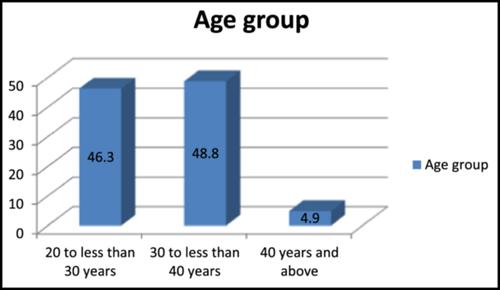Enterprise risk management implementation challenges in medical laboratories in Harare, Zimbabwe
Abstract
Background
Medical laboratories play crucial roles in healthcare, and effective enterprise risk management (ERM) is necessary to ensure business continuity, patient safety, and quality of care. In medical laboratories, ERM is important for enhancing patient safety, regulatory compliance and accreditation, quality management, business continuity, and cyber security. By following ERM principles and approaches, the medical laboratories can proactively manage their risks, improve patient safety, and maintain a high level of quality and reliability of outcomes. However, implementing ERM in medical laboratories faces unique challenges. This study explored the specific challenges and offers practical solutions for overcoming them to ensure successful ERM implementation in Harare, Zimbabwe.
Methodology
A cross-sectional survey was done through 41 self-administered questionnaires and interviews with medical laboratory staff from the six main medical laboratories in Harare. Data were analyzed using the Statistical Package for Social Sciences version 22. Quantitative data were analyzed using descriptive statistics such as frequencies and percentages. Qualitative data were analyzed using mean scores of Likert scale responses.
Results
The main challenges identified in the study included increased workload, staffing, organizational structures, timeliness of information, inadequate information technology support, and insufficient financial support in ERM. These can be addressed by portfolio management of risks, leveraging on cutting edge technology, restructuring to ensure swift responses to issues and redistributing staff workload, and training personnel to avoid burnouts and ensure maximum efficiency.
Conclusion
Implementing ERM in medical laboratories requires understanding and addressing these challenges. By following the ERM principles and approaches the medical laboratories can proactively manage their risks, improve patient safety and maintain a high level of quality and reliability of outcomes ERM is still a new approach in the sector and needs further research.


 求助内容:
求助内容: 应助结果提醒方式:
应助结果提醒方式:


